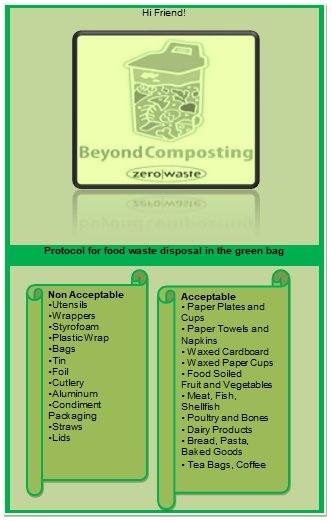Introduction
Across the globe, management of e-waste has presented series of challenges to the gains made on environmental conservation efforts. The e-wastes have accumulated as technological invention progresses. Despite the rapid accumulation of the e-wastes, little efforts are in place to manage this environmental menace.
The biggest challenge has been the fact that e-wastes are non biodegradable. Thus, this analytical paper attempts to create an e-waste management plan for the local school. Besides, the paper will create a comprehensive waste management poster as desired by the company in Melbourne.
Managing e-wastes
Creation of an e-waste sensitization unit
The school should urgently establish an e-waste sensitization unit to roll out series of environmental conservation efforts within its compound. For instance, the e-waste sensitization unit may be encouraged to advice the stakeholders of the school to observe the basic rules of e-waste disposal such as collection of these wastes in designated containers or collection points.
Besides, the unit may engage the stakeholders in e-waste management education through posters, organizing social e-waste management events and rewarding the best e-waste management practices (Prashant 2008). As a result, the school will be in a position to practice a preventive e-waste management strategy instead of the current responsive strategy.
Recycling
It is important for the school to introduce a recycling policy for e-waste management programs. Specifically, recycling involves proper collection of the e-wastes such as computers, printers and other officer equipment in well marked containers. The e-wastes should be carefully sorted before dumping in the collection containers.
As a precautionary measure, the containers should have tight lid to limit cases of harmful gases escaping into the environment (Wang and Tay 2002). The school should then contact recycling agents to collect these wastes periodically at a fee.
Waste management poster
The process of creating an effective waste management poster is complex and requires series of considerations especially on content and the target audience. In the case of the company based in Melbourne, the poster should accommodate the basics of recycling food wastes and other office wastes. This message should then be communicated in a very simple and practical language to capture full concentration and interests of the employees (Fisher 2001).
The first step in creating the poster involves identifying the degradable food wastes and non degradable wastes within the office environment (Wang and Tay 2002). This step is followed by reviewing the sustainable but simple waste management strategies within the company’s budget (Dunphy, Griffiths and Benn 2007).
The third stage involves application of creatively in design for the poster to command wider appeal. Finally, the elements of design, proportionality and summary of information should be balanced to reduce message ambiguity. These elements were considered when designing and creating the waste management poster below for the company in Melbourne. The poster is applicable in the office and home environments.

Reference List
Dunphy, D., Griffiths, A., & Benn, S 2007, Organizational change for corporate Sustainability, Routledge, London.
Fisher, E 2001, “Sustainability: The principle, its implementation, and its Enforcement.” Environmental and Planning Law Journal, vol. 18 no. 1, pp. 361-367.
Prashant, N 2008, Green Technology, Norwalk, Connecticut.
Wang, J., & Tay, H 2002, “A hybrid two-phase system for anaerobic digestion of food waste,” Water Science and Technology, vol. 45 no. 12, pp. 159–165.